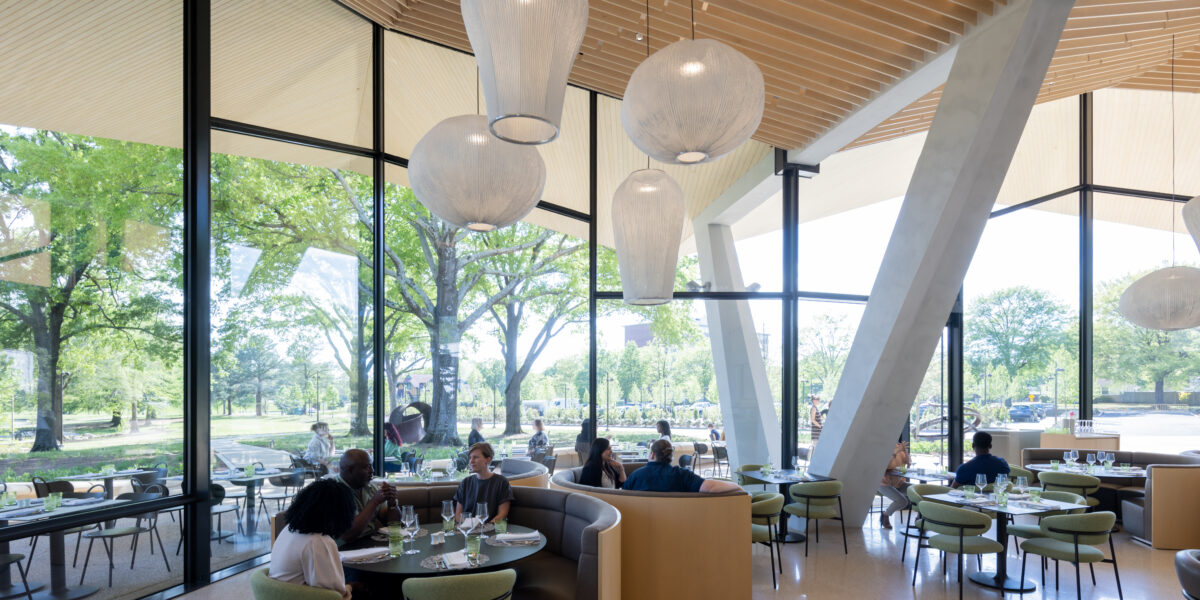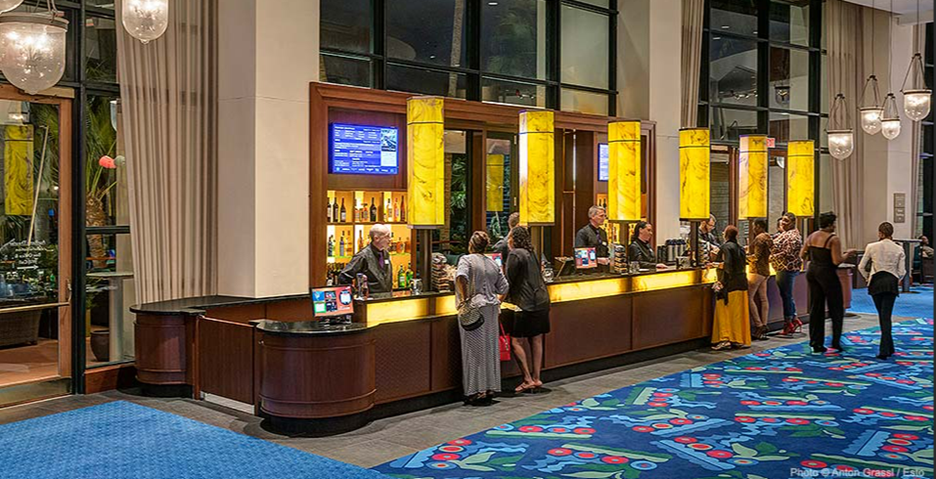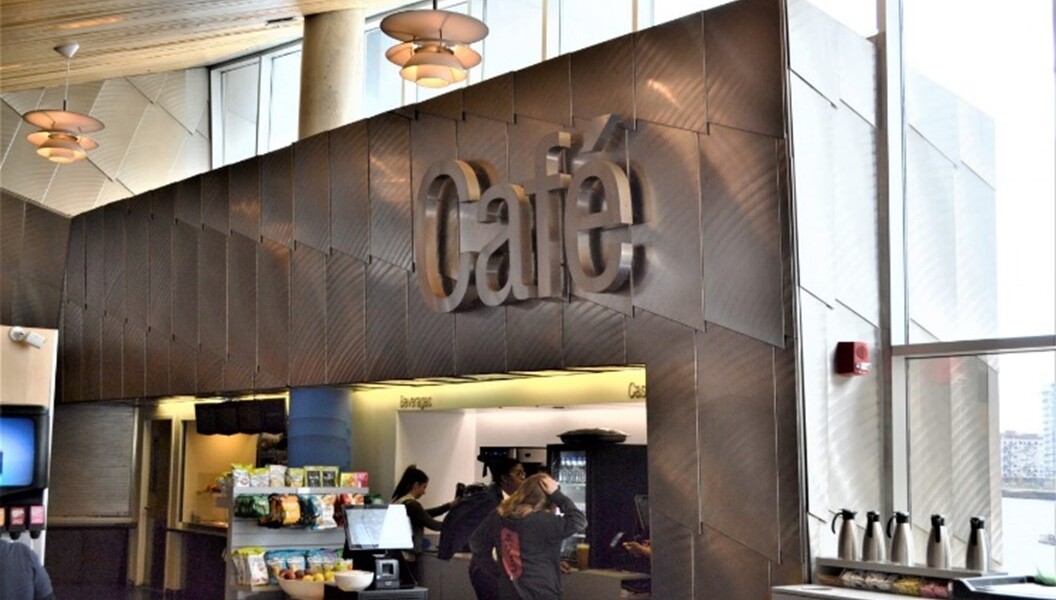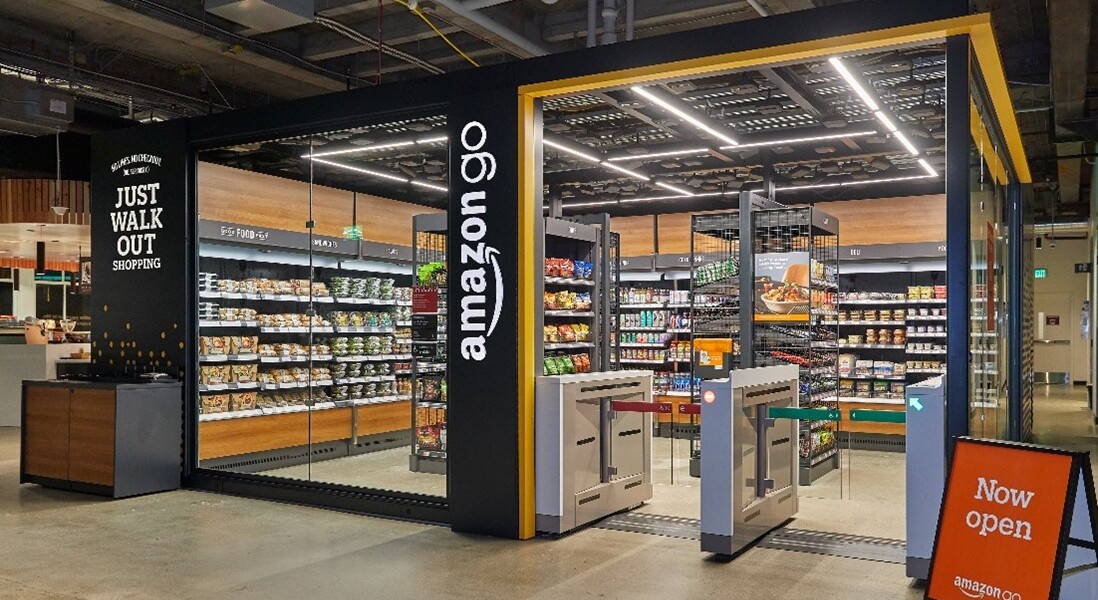Ten Tips for Managing a Food Services RFP for Your College or University
The spring semester is over, and you can finally breathe a sigh of relief. Or can you? Your food service contract expires next June or July. You have time – right? You do, but getting organized now will set the stage for a successful process. JGL manages 25 plus food service RFP’s annually across several […]
Read More









